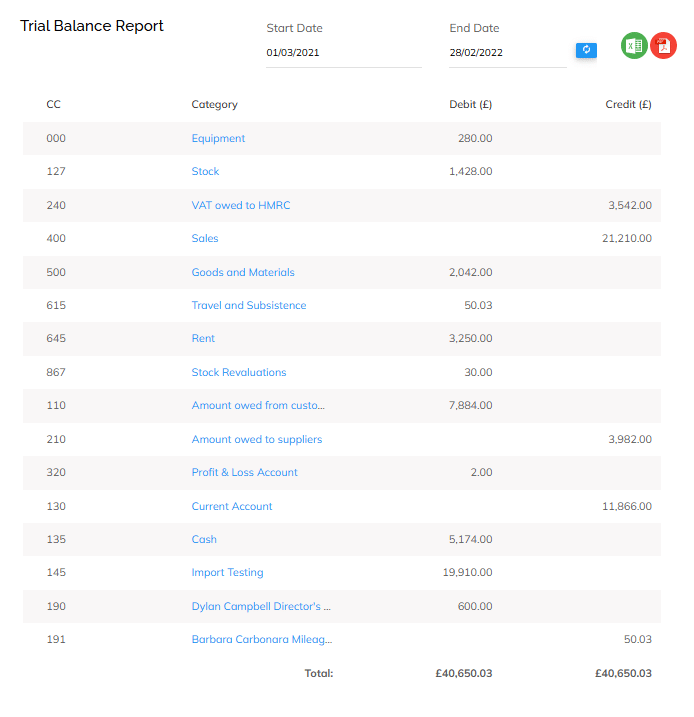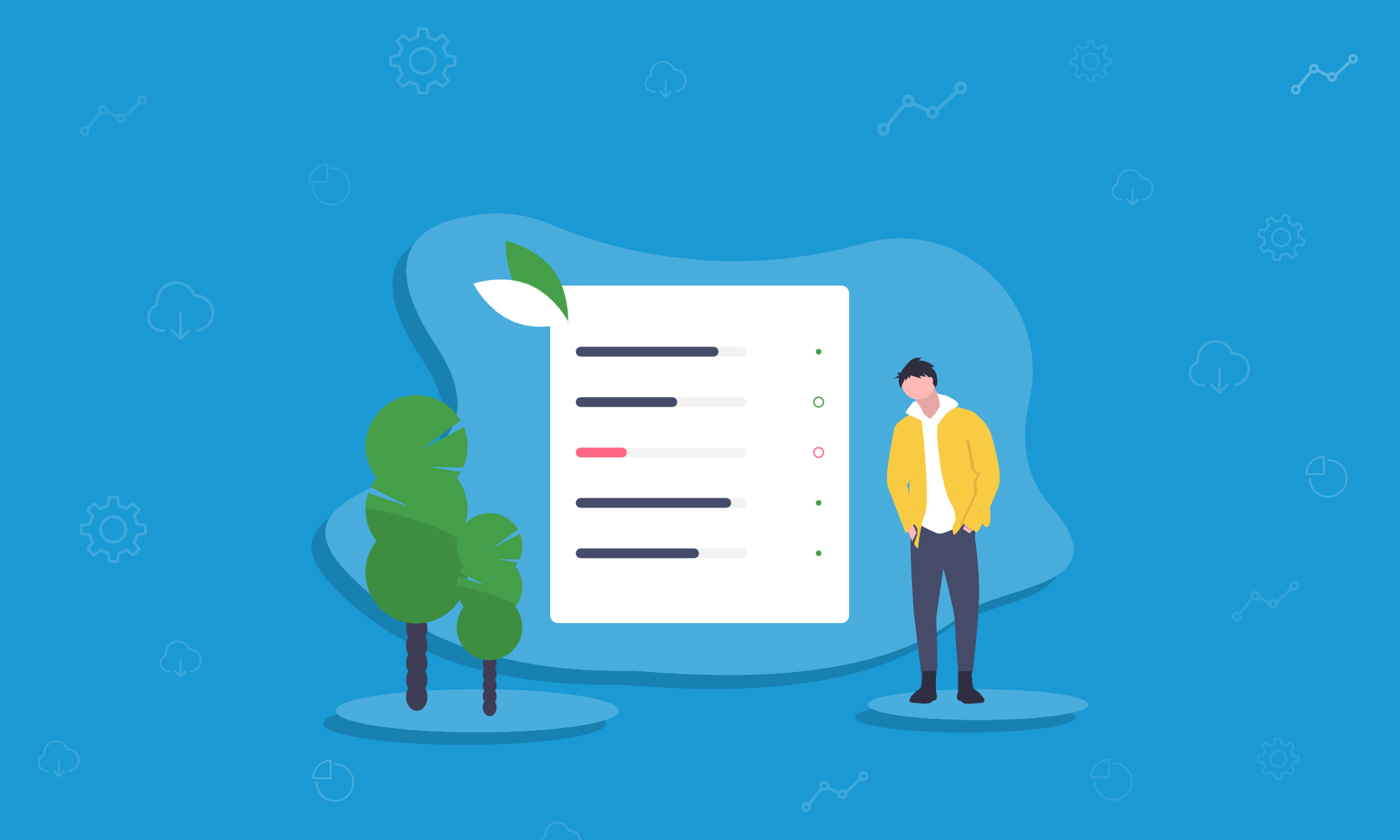A trial balance report is an important part of finishing everything neatly in your records at the end of an accounting period, ready to start the next financial period. A bit like using your best handwriting for the first few pages of a new notebook. In this short guide we’ll explain what this type of report means for your business, what they look like, and how to create one.
Reporting
Real-time accounting reports in a few clicks










